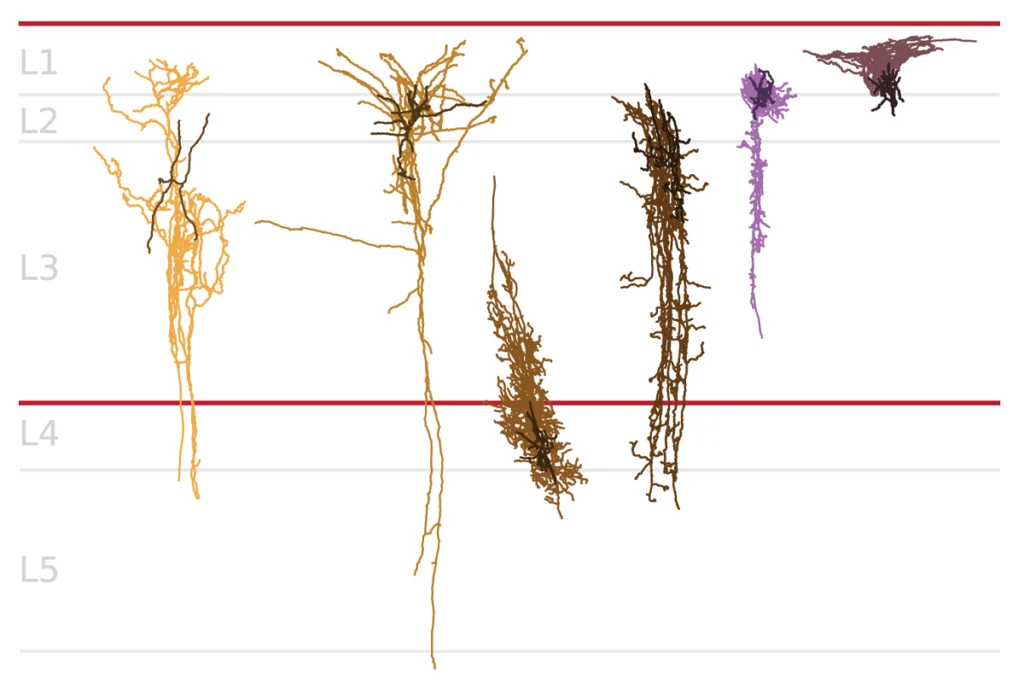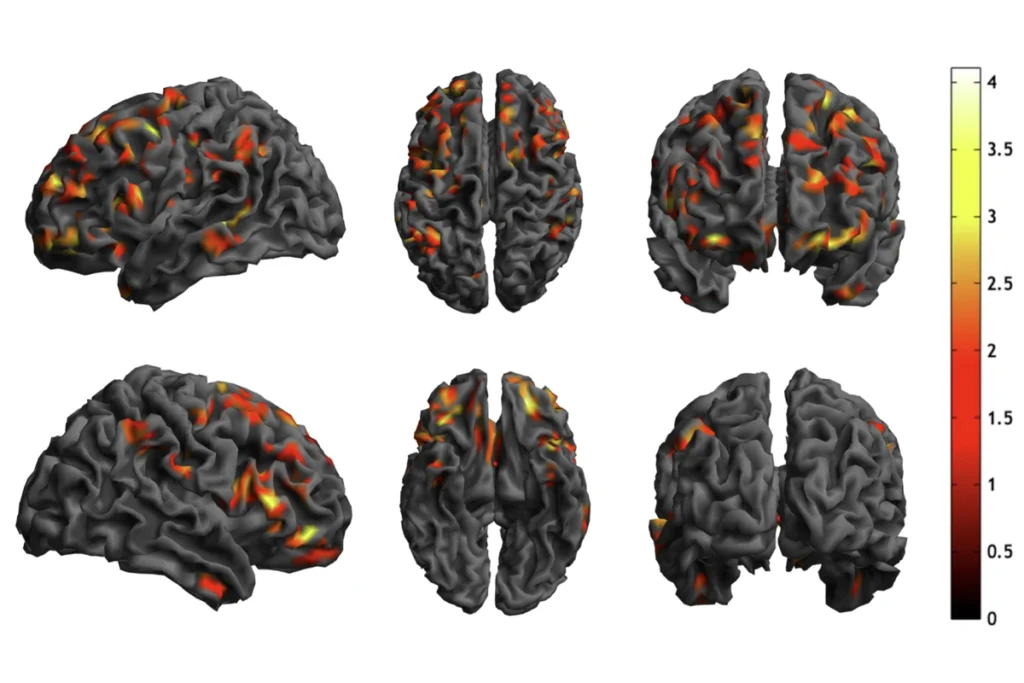Large U.K. database reveals links between genes and brain function
A newly expanded database of information from people in the United Kingdom provides a detailed picture of genetic diversity.
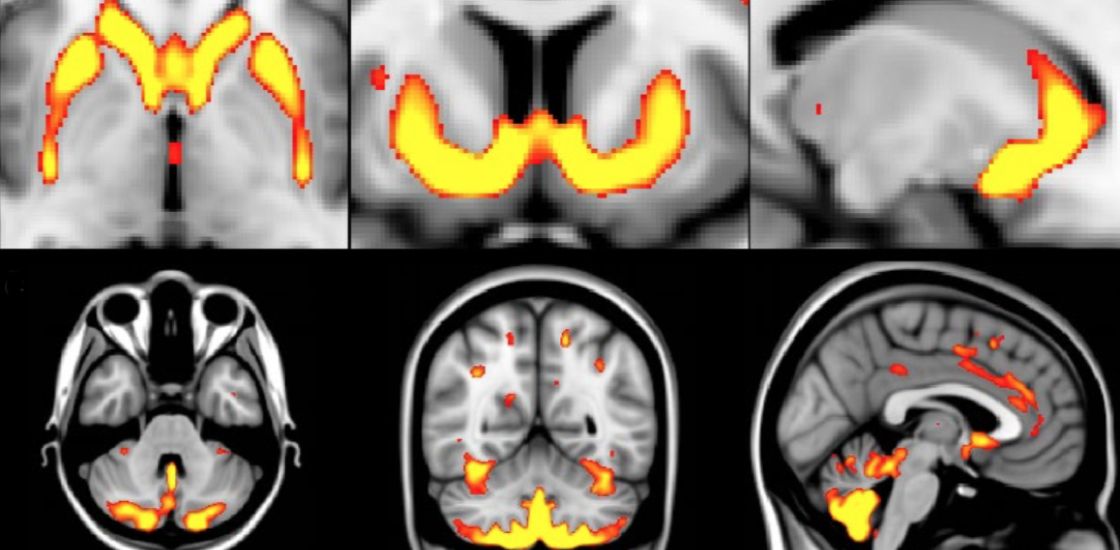
A newly expanded database of information from people in the United Kingdom provides a detailed picture of genetic diversity. Analyses of the data could help researchers find variants that underlie complex conditions such as autism.
The UK Biobank debuted in 2015 with genetic and health data from 150,000 people. The data come from electronic health and medical records from general practitioners, hospitals and national cancer and death registries.
Two new studies analyze data from an expanded database of more than 500,000 people1,2.
In the first study, researchers sequenced more than 800,000 genetic markers by sequencing DNA from the blood, urine and saliva of half a million volunteers, aged 40 to 69. They documented nearly 96 million genetic variants.
The researchers also scanned the brains of more than 30,000 of the participants to look at their anatomical features and brain activity patterns.
Researchers can use the database to conduct genome-wide association studies (GWAS), which link common variants across the genome to specific traits. For example, the researchers carried out a GWAS for height.
Their analysis highlighted nearly twice as many genetic regions associated with height as did a similar analysis of data from a smaller database. It also pinpointed a shorter segment of DNA within each region, the researchers reported in October in Nature.
New associations:
GWAS for brain characteristics have typically focused on a single trait, such as brain size or connectivity between regions3. In the second study, published in the same issue of Nature, the researchers instead looked at thousands of brain features, individually and in batches of hundreds.
Using brain scans from 8,428 people, they assessed characteristics such as the volume of certain brain areas or their functional connectivity. They looked for associations between 3,144 brain features and 11,734,353 mutations affecting a single DNA base pair. They linked 148 regions in the genome to specific features.
Many of the genetic associations were known, but the researchers also uncovered new ones involving brain development, iron transport and synaptic plasticity — the ability of neuronal junctions to change in strength as a result of experience. This trait may be altered in autism.
Biobank researchers are working to finish pairing individuals’ genetic data with their health records. They are also collecting additional data by regularly measuring 2,500 participants’ physical activity. They plan to have brain scans for 100,000 people by 2020.
The results of the GWAS of brain features are available on the Oxford Brain Imaging Genetics server, and genetic associations with thousands of other traits can be found on the UK Biobank website.
References:
Recommended reading
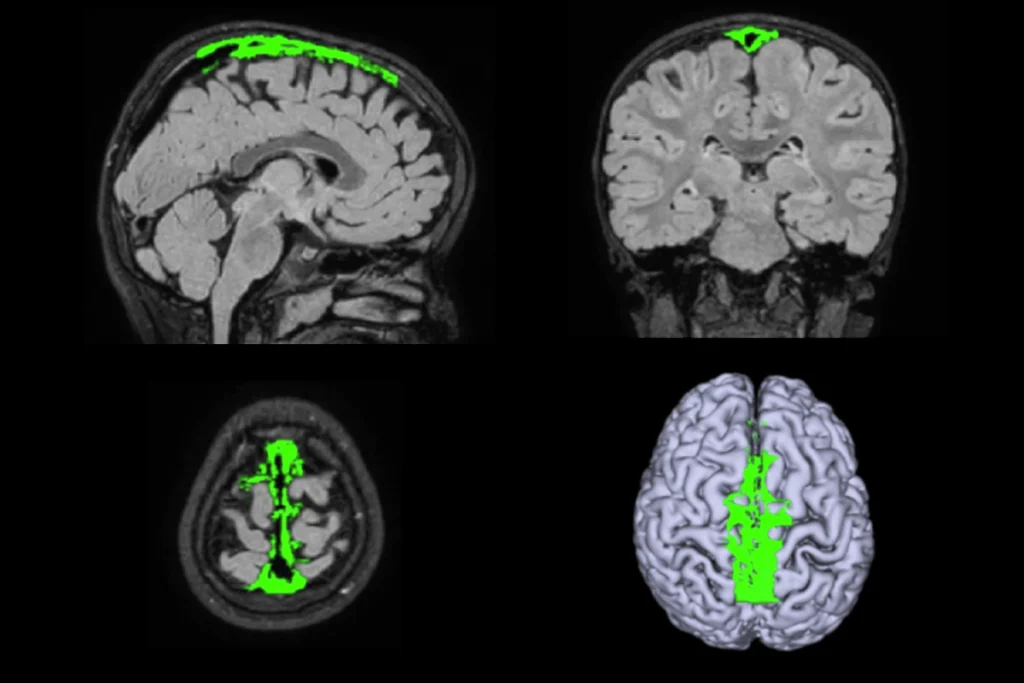
Okur-Chung neurodevelopmental syndrome; excess CSF; autistic girls

New catalog charts familial ties from autism to 90 other conditions
Explore more from The Transmitter
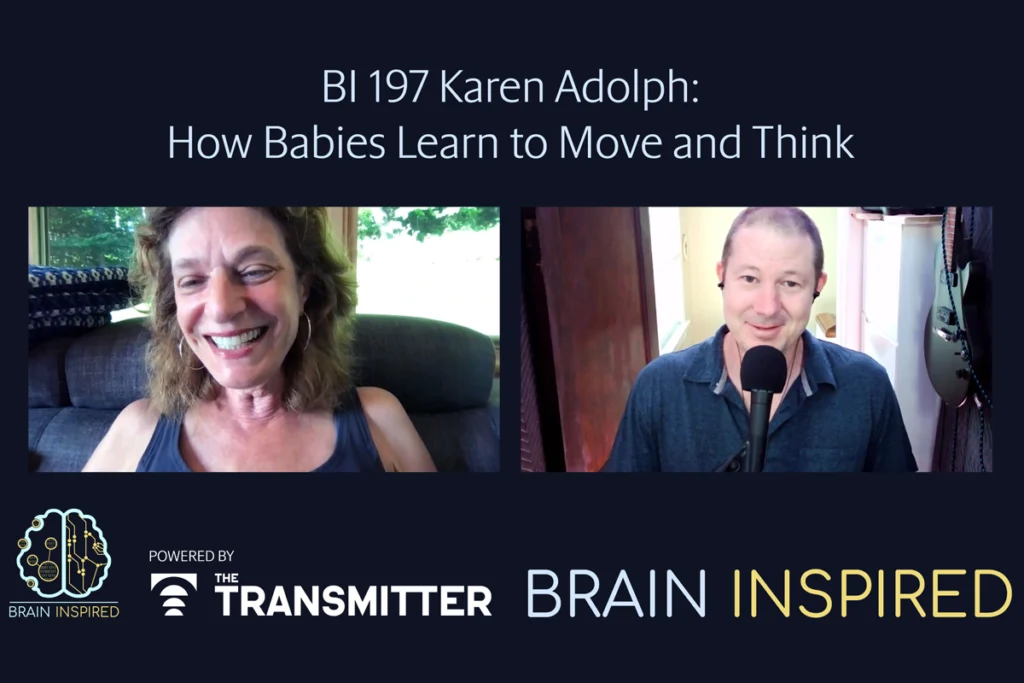
Karen Adolph explains how we develop our ability to move through the world
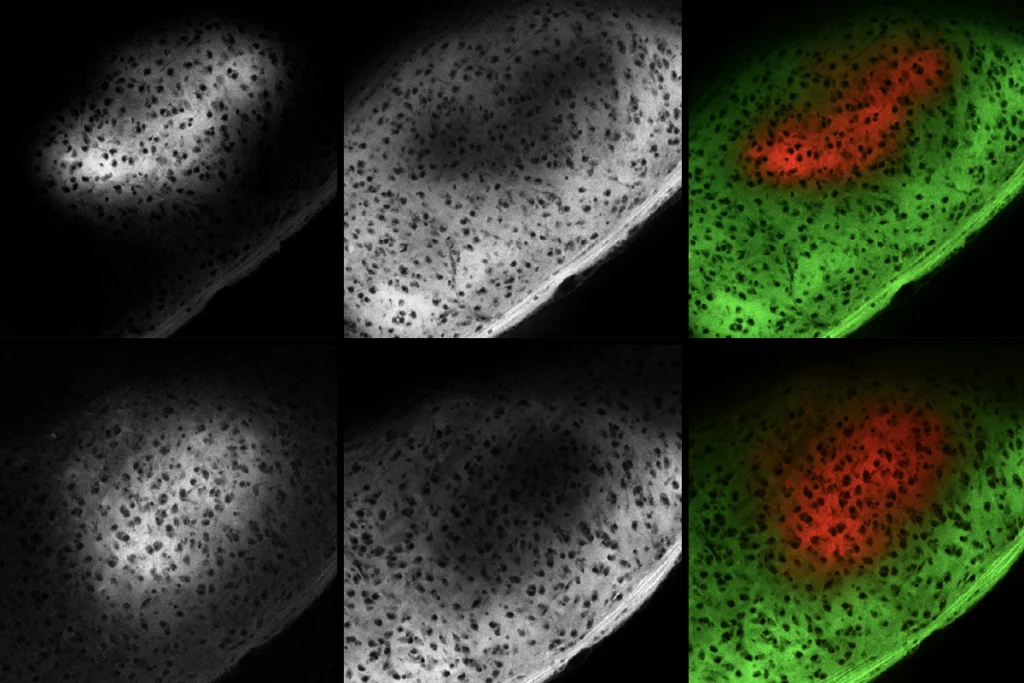
Microglia’s pruning function called into question
